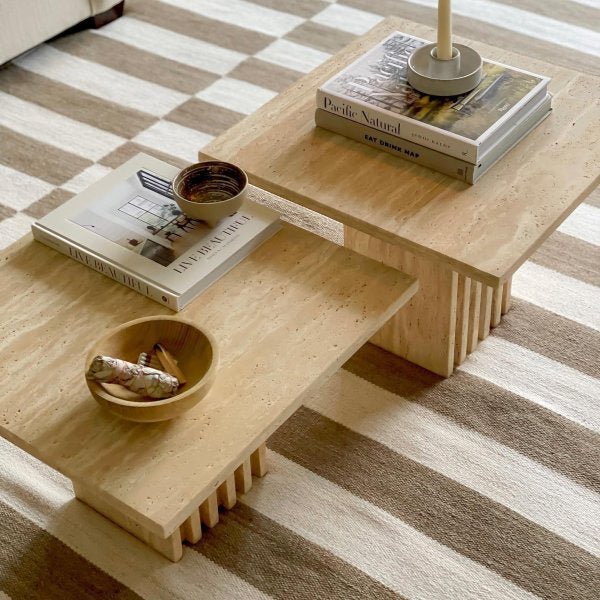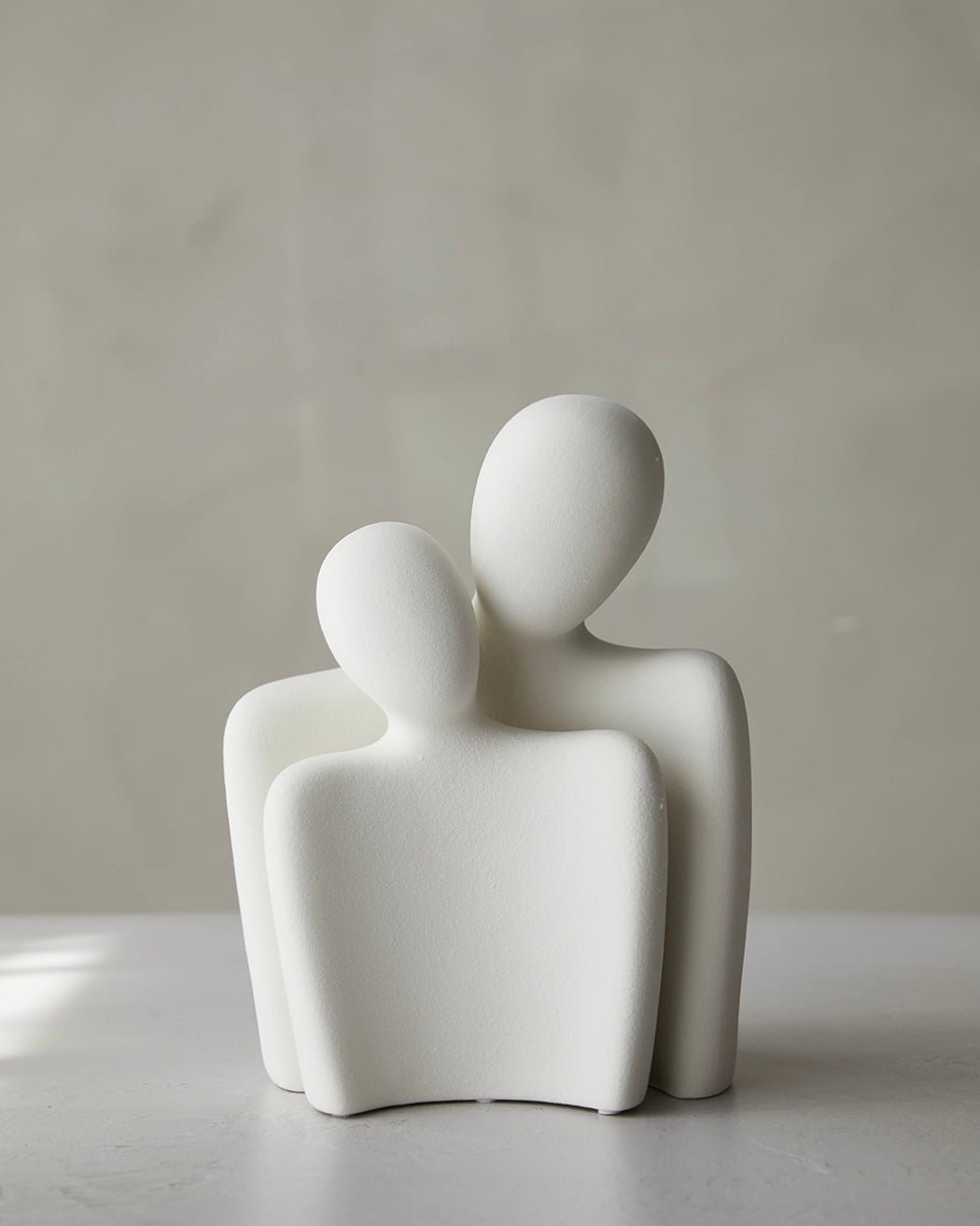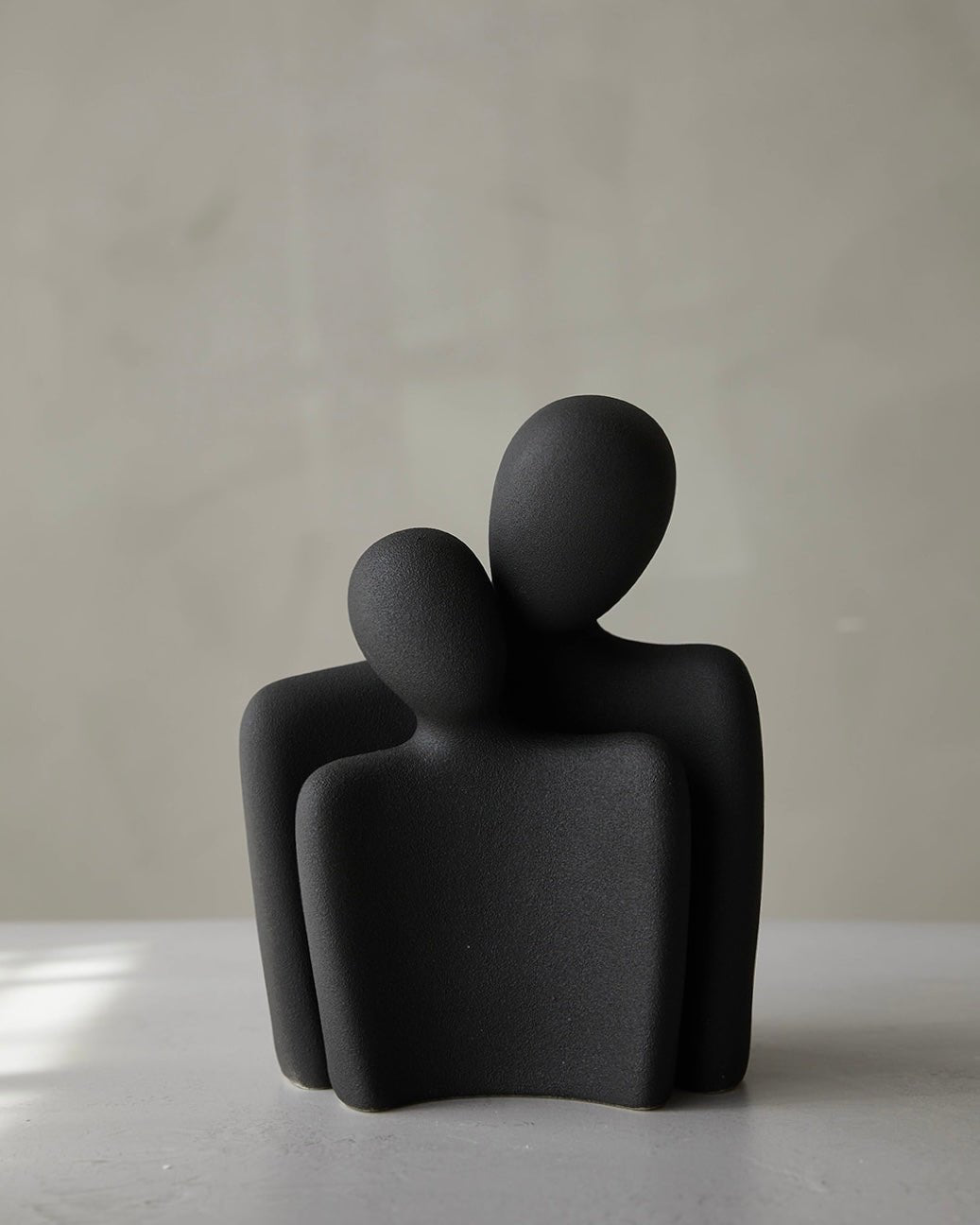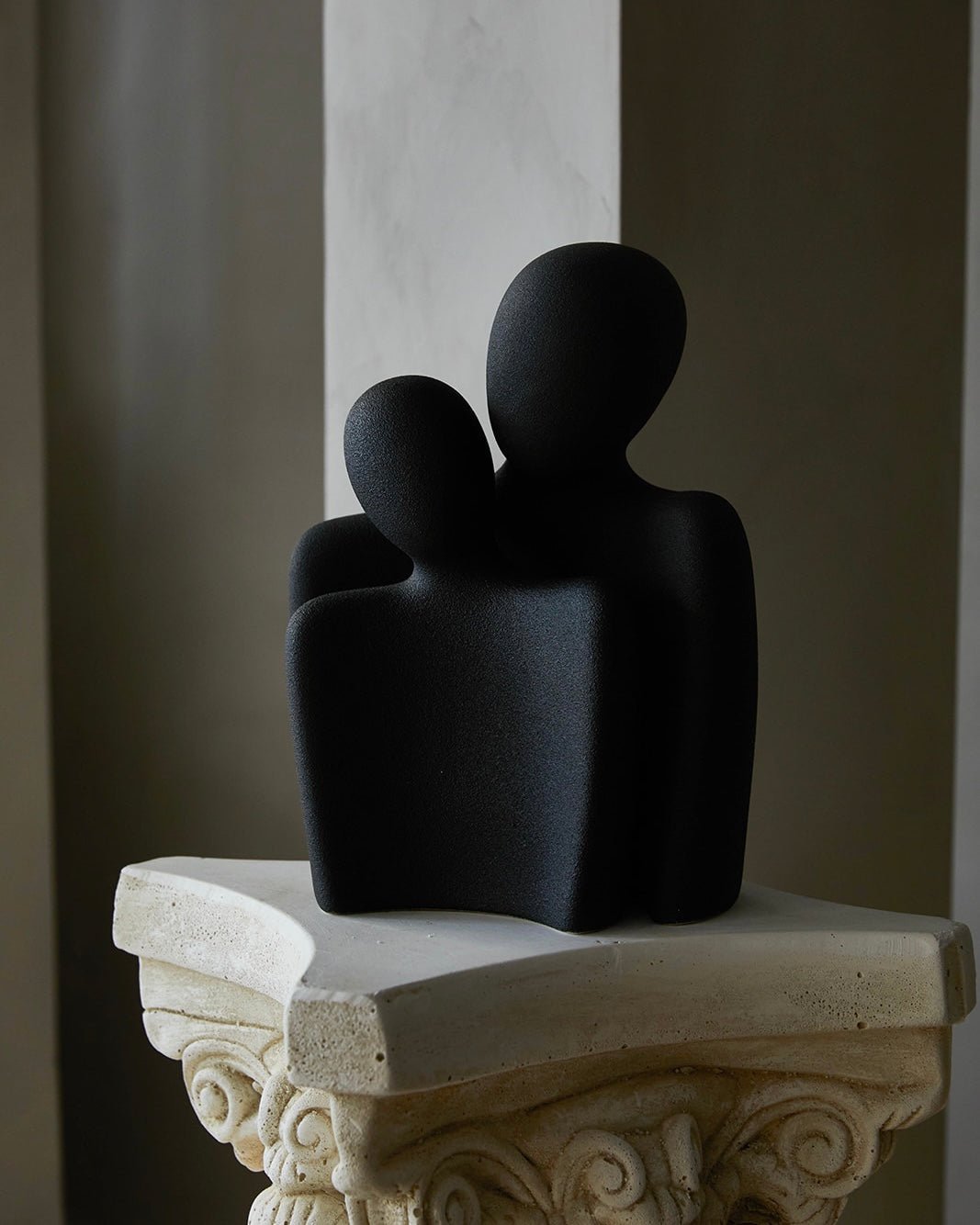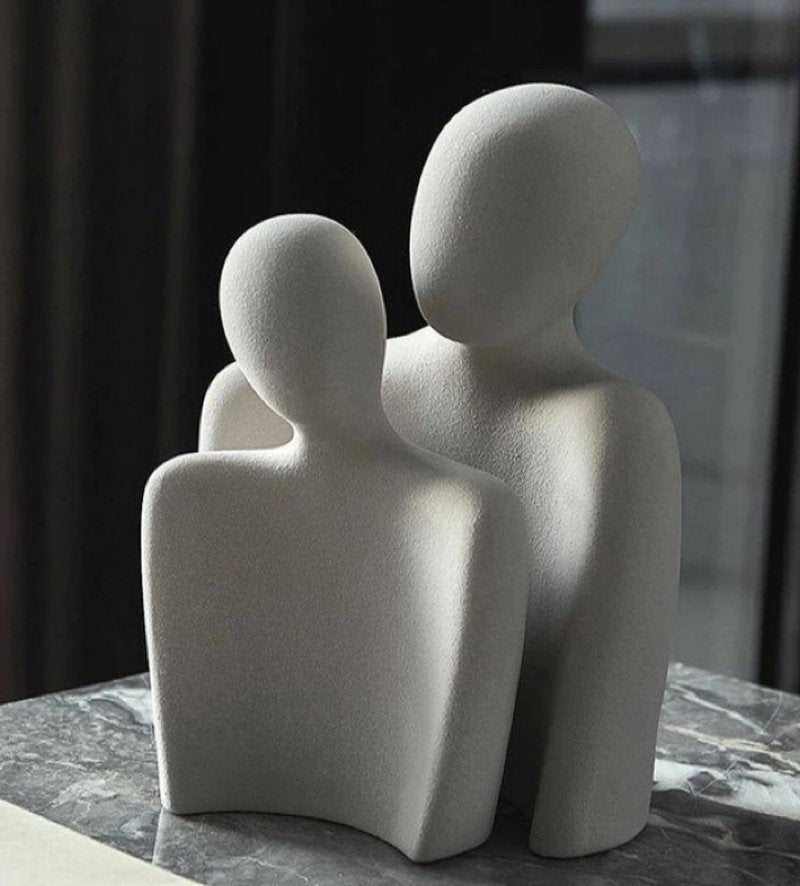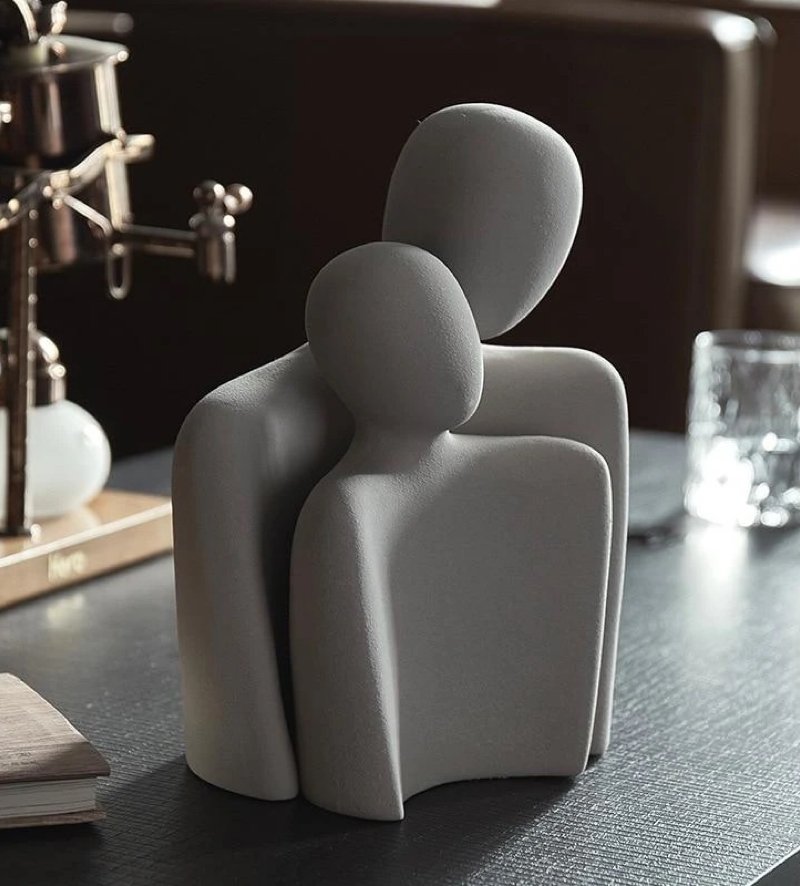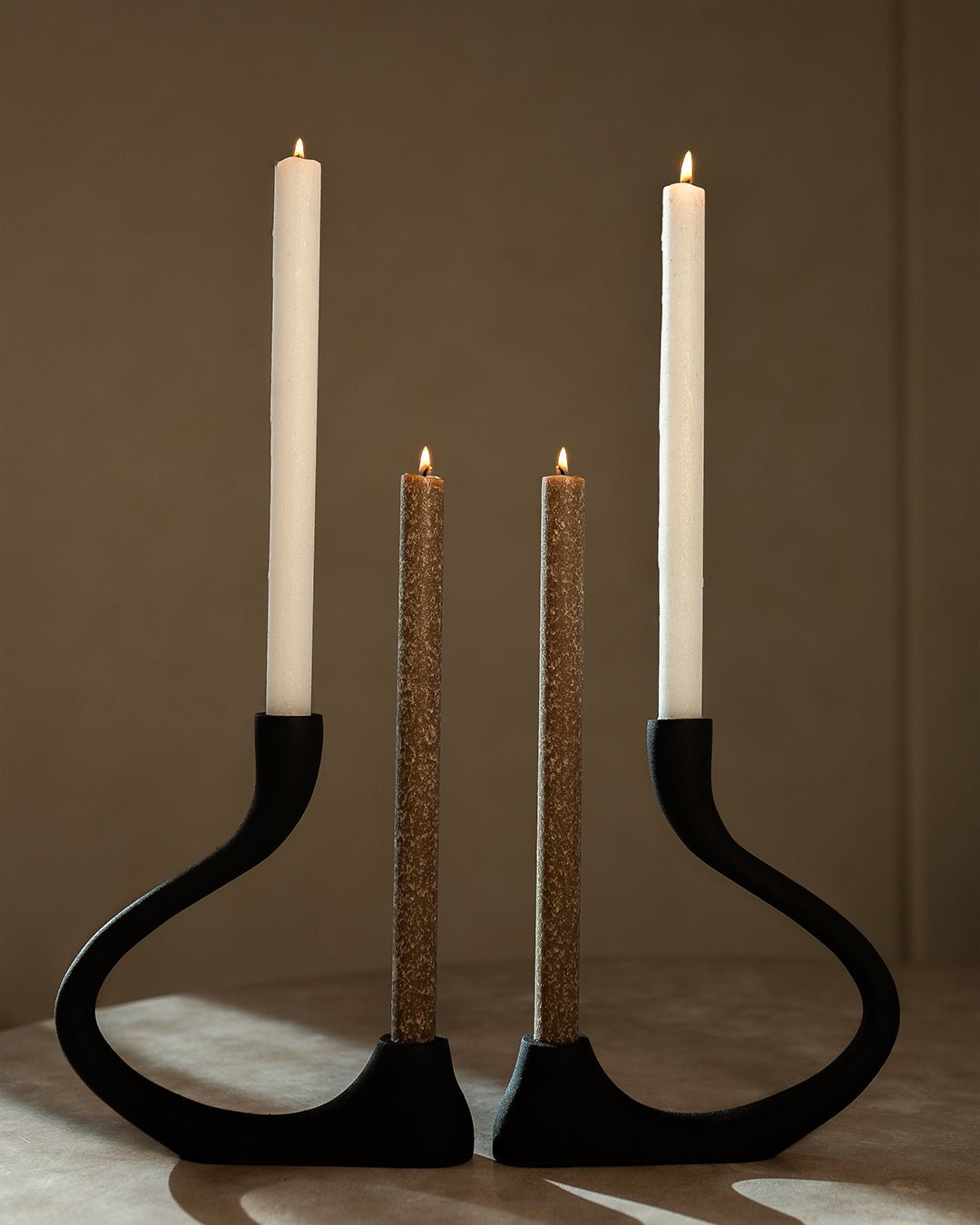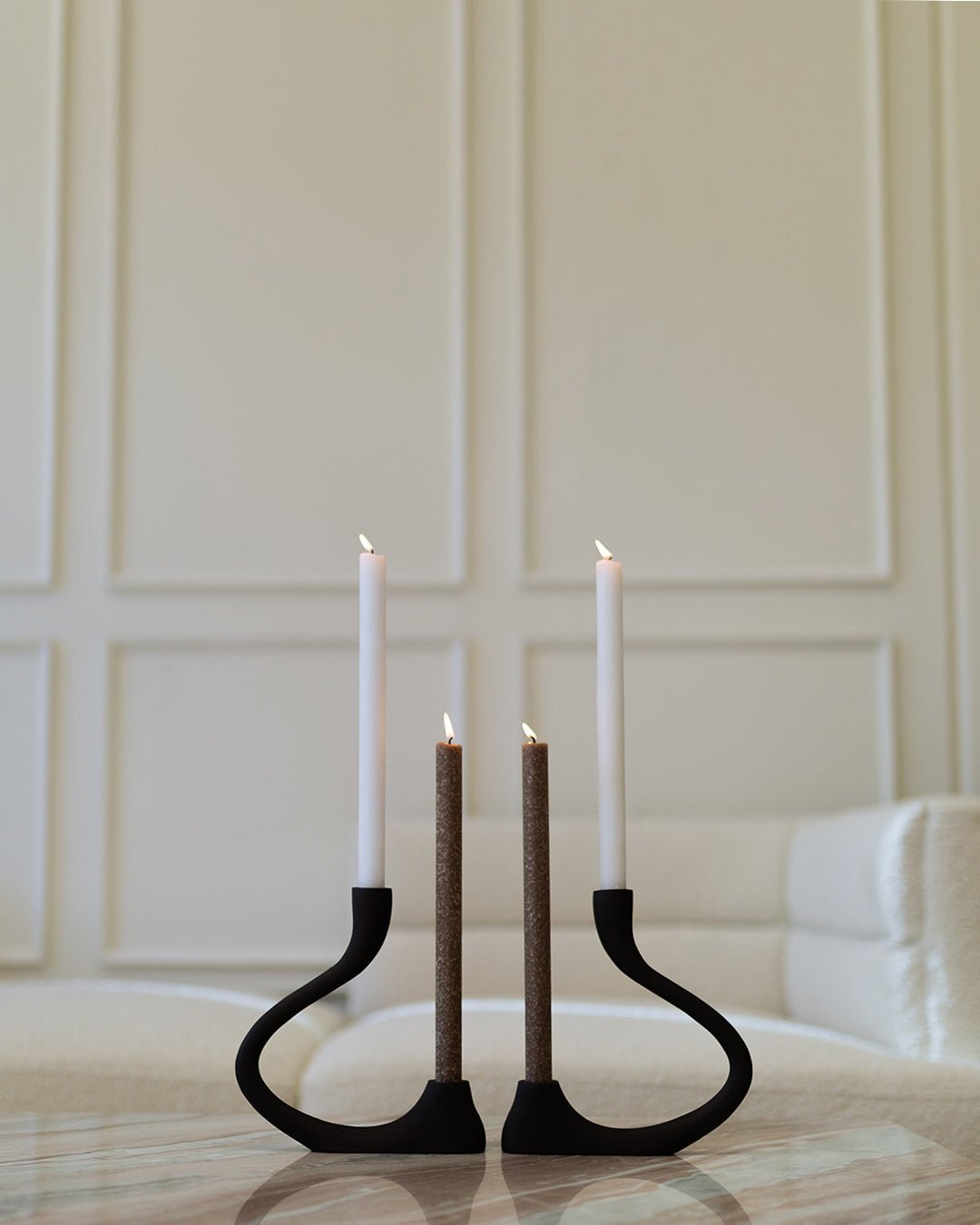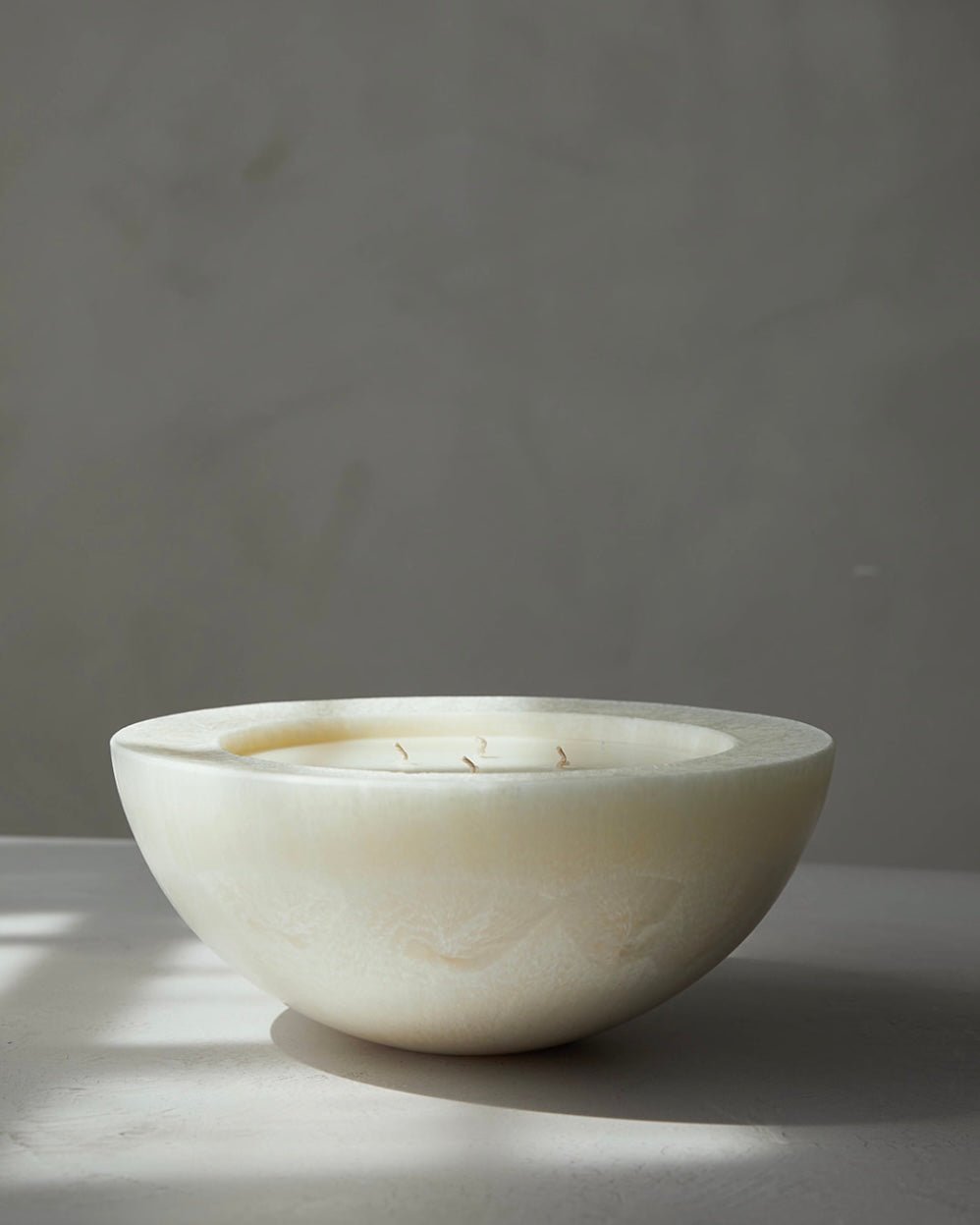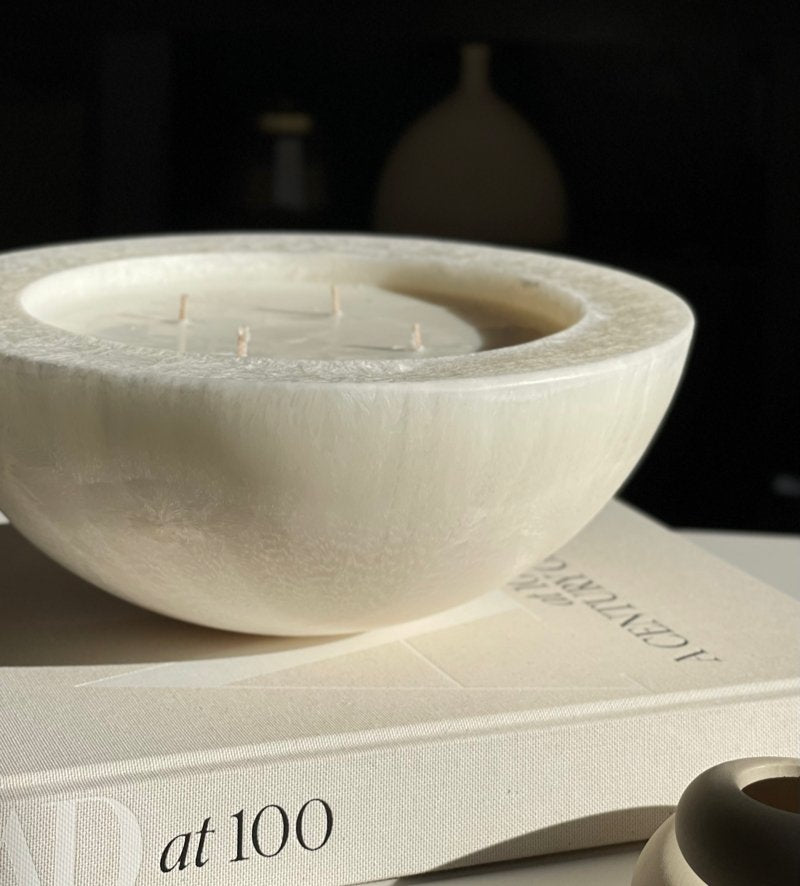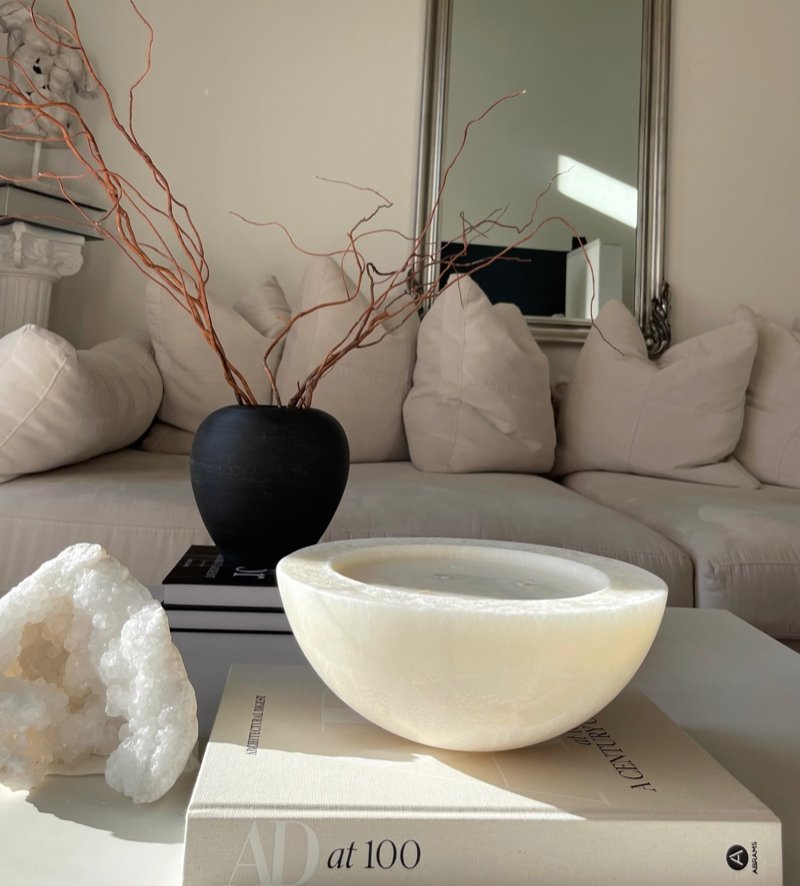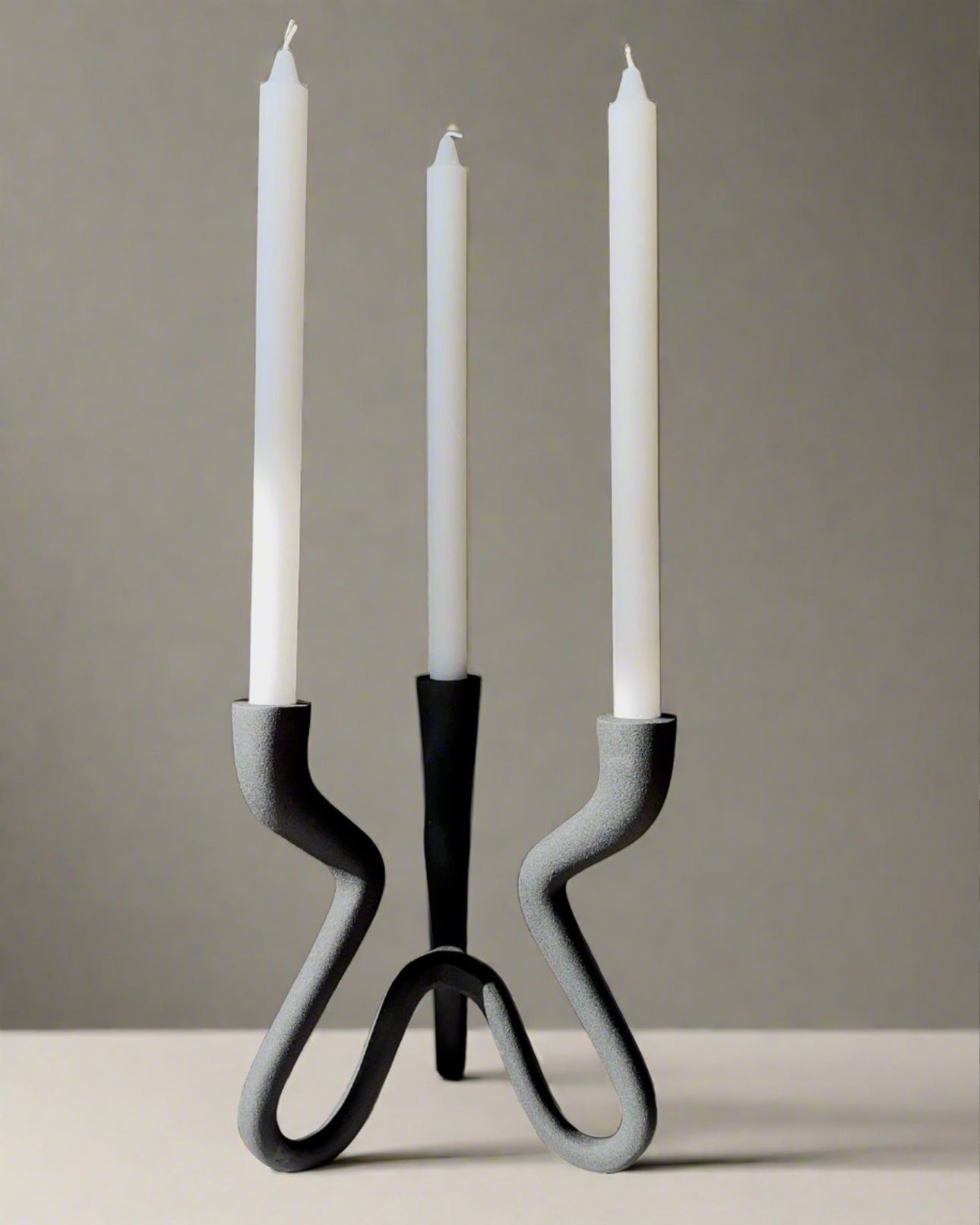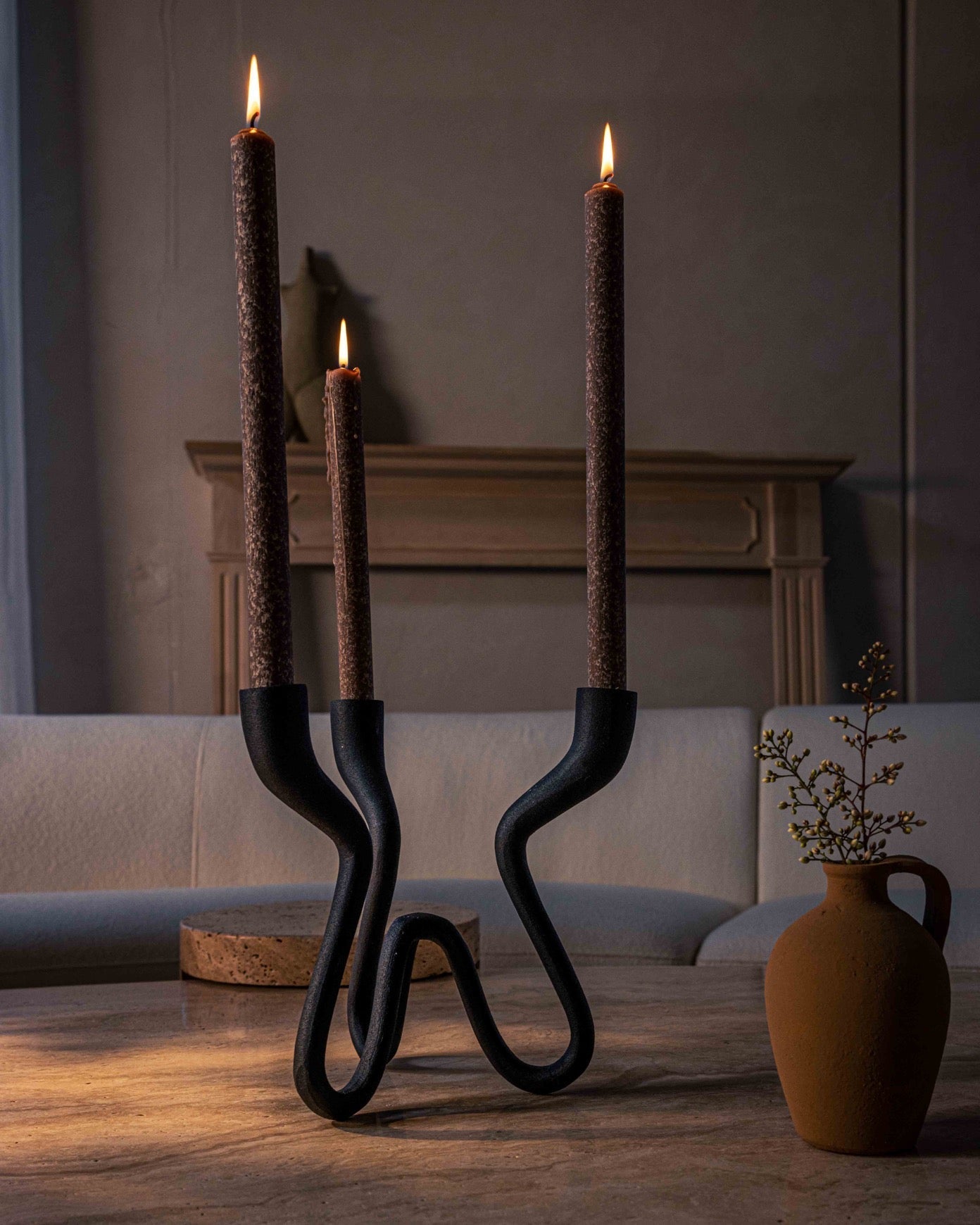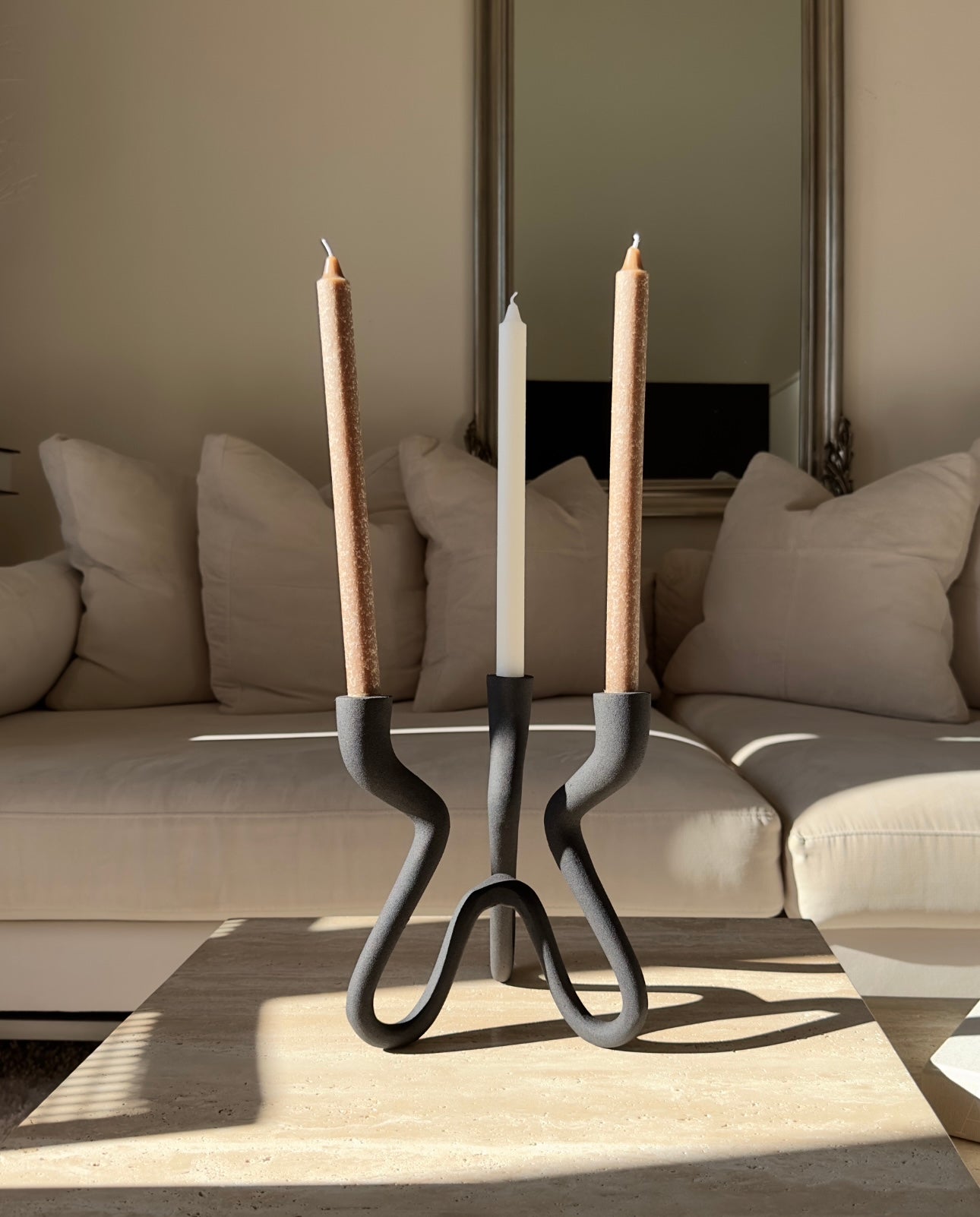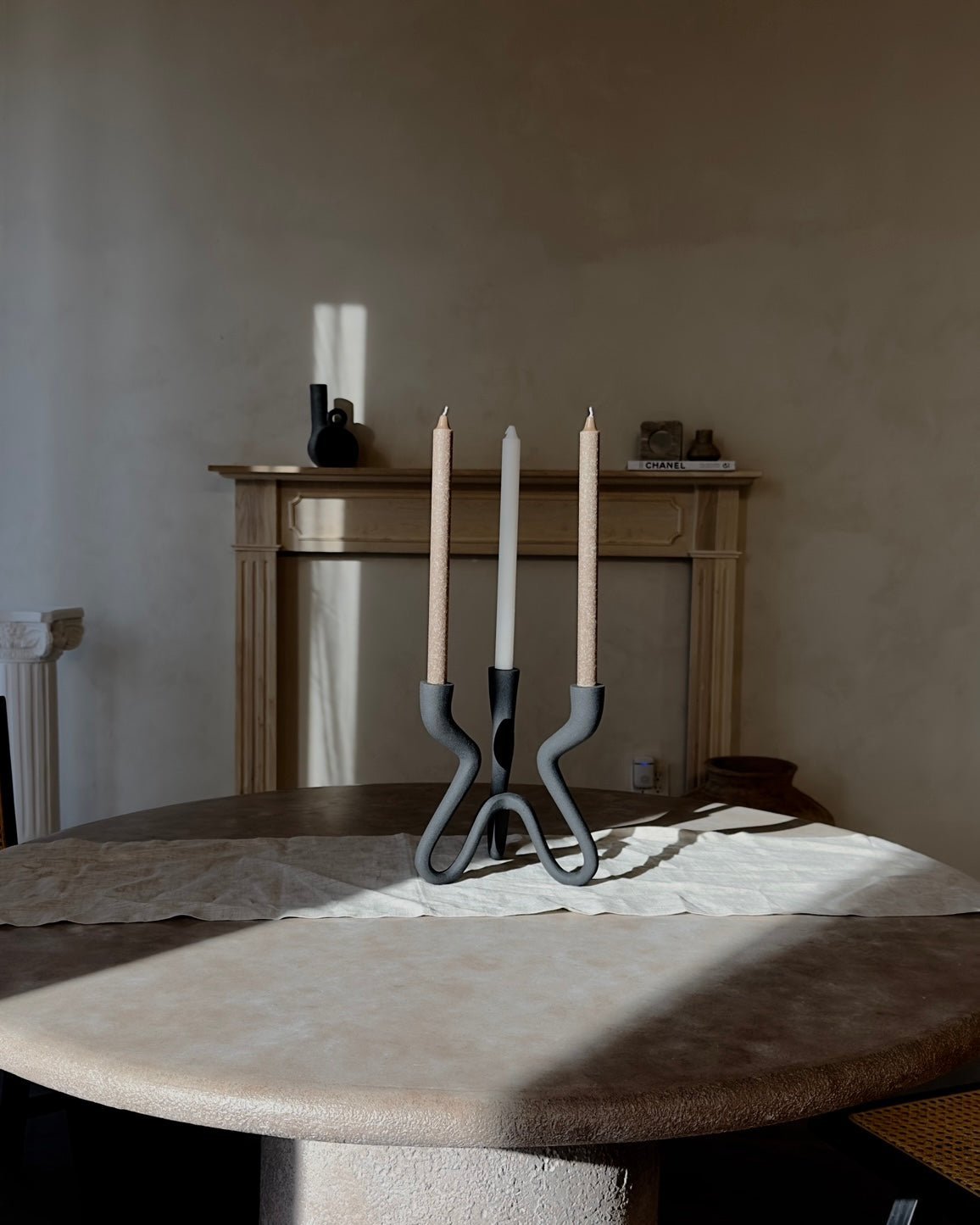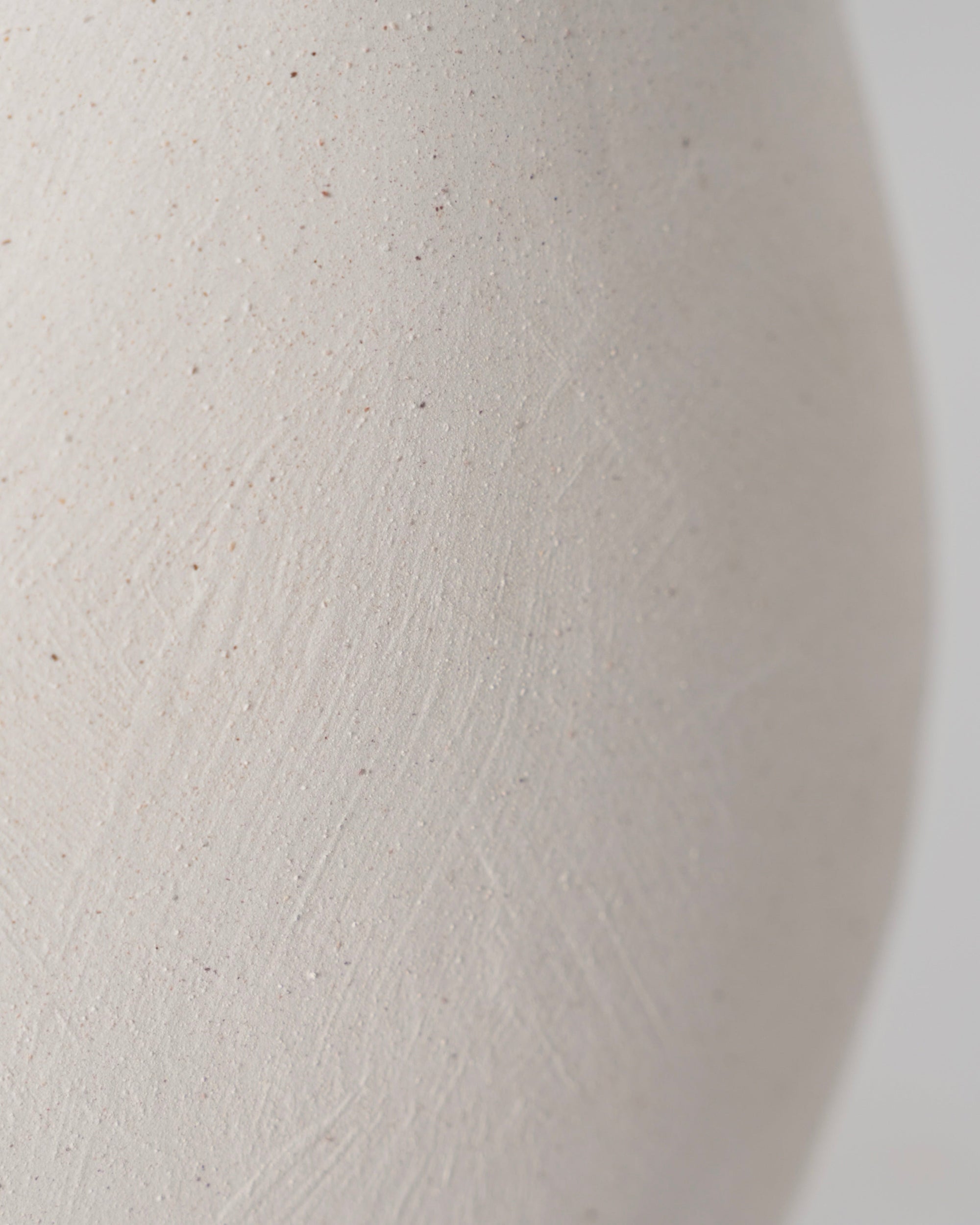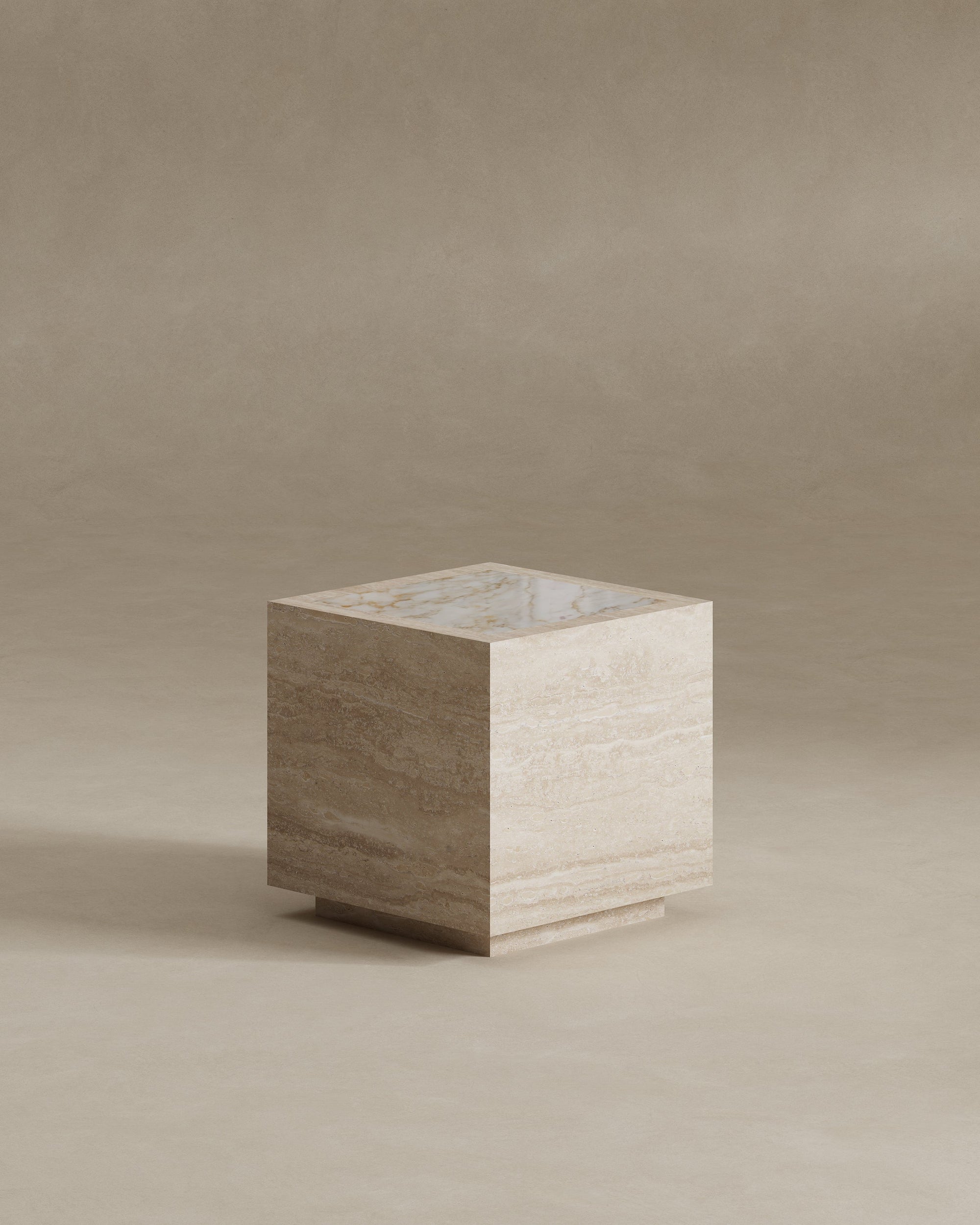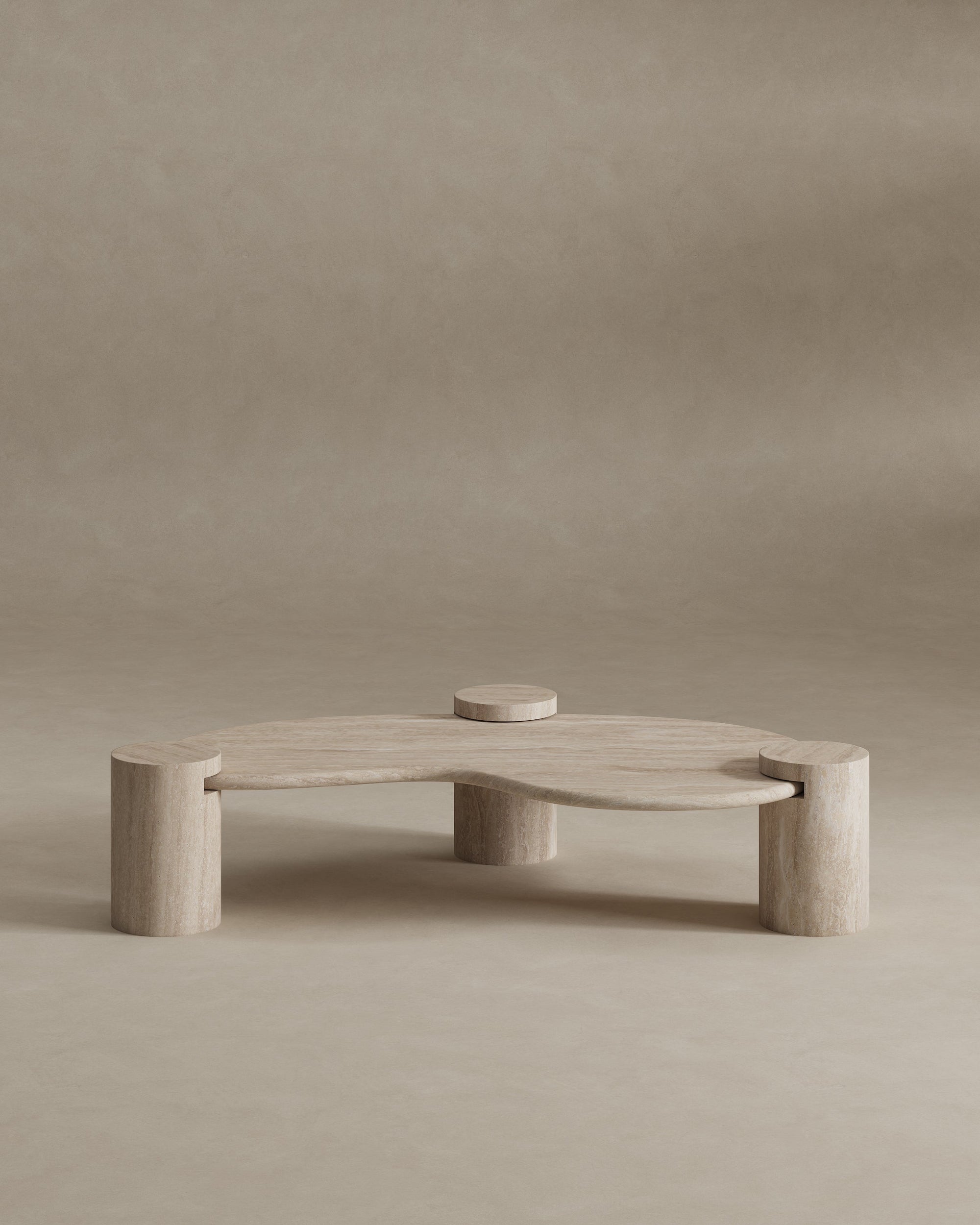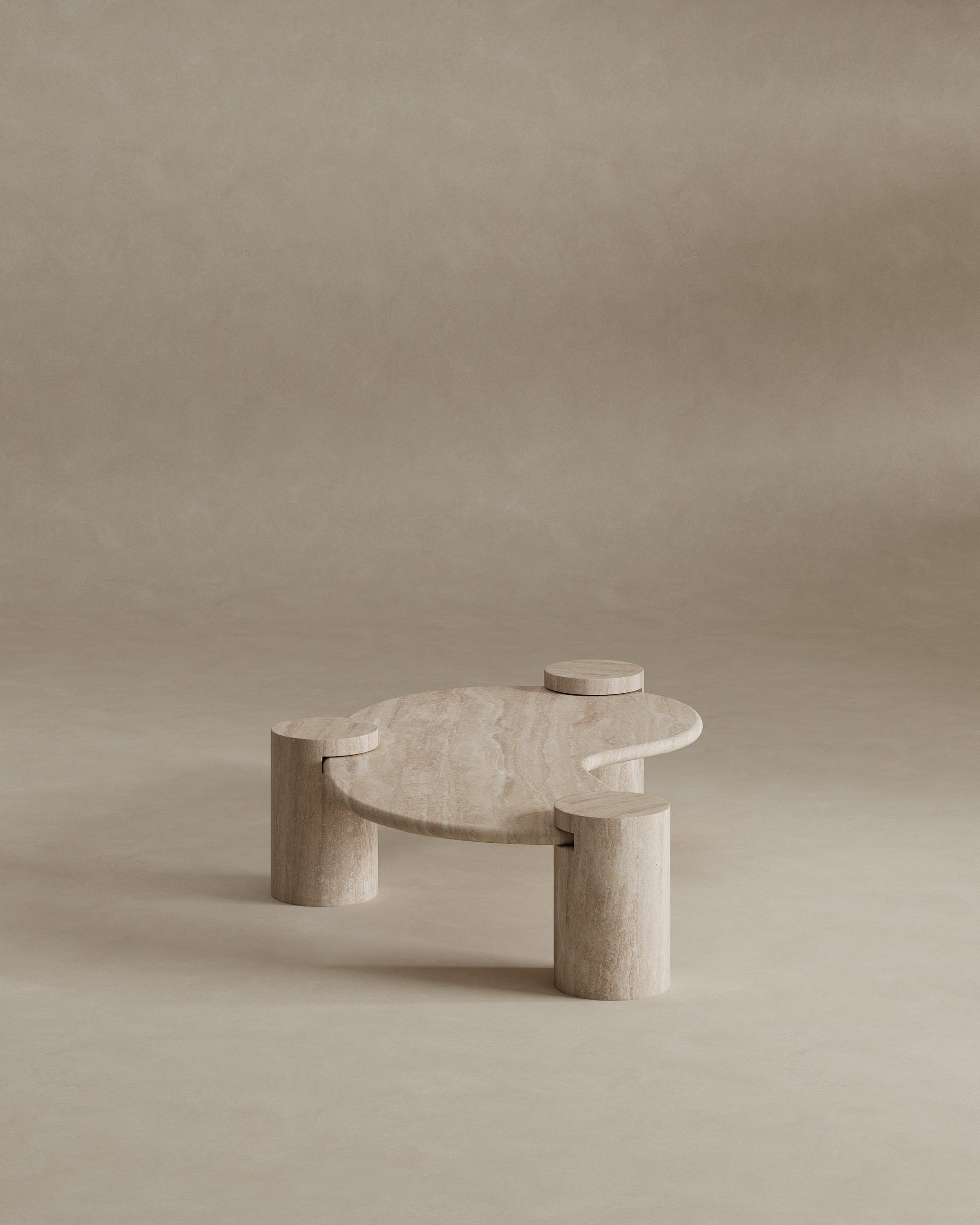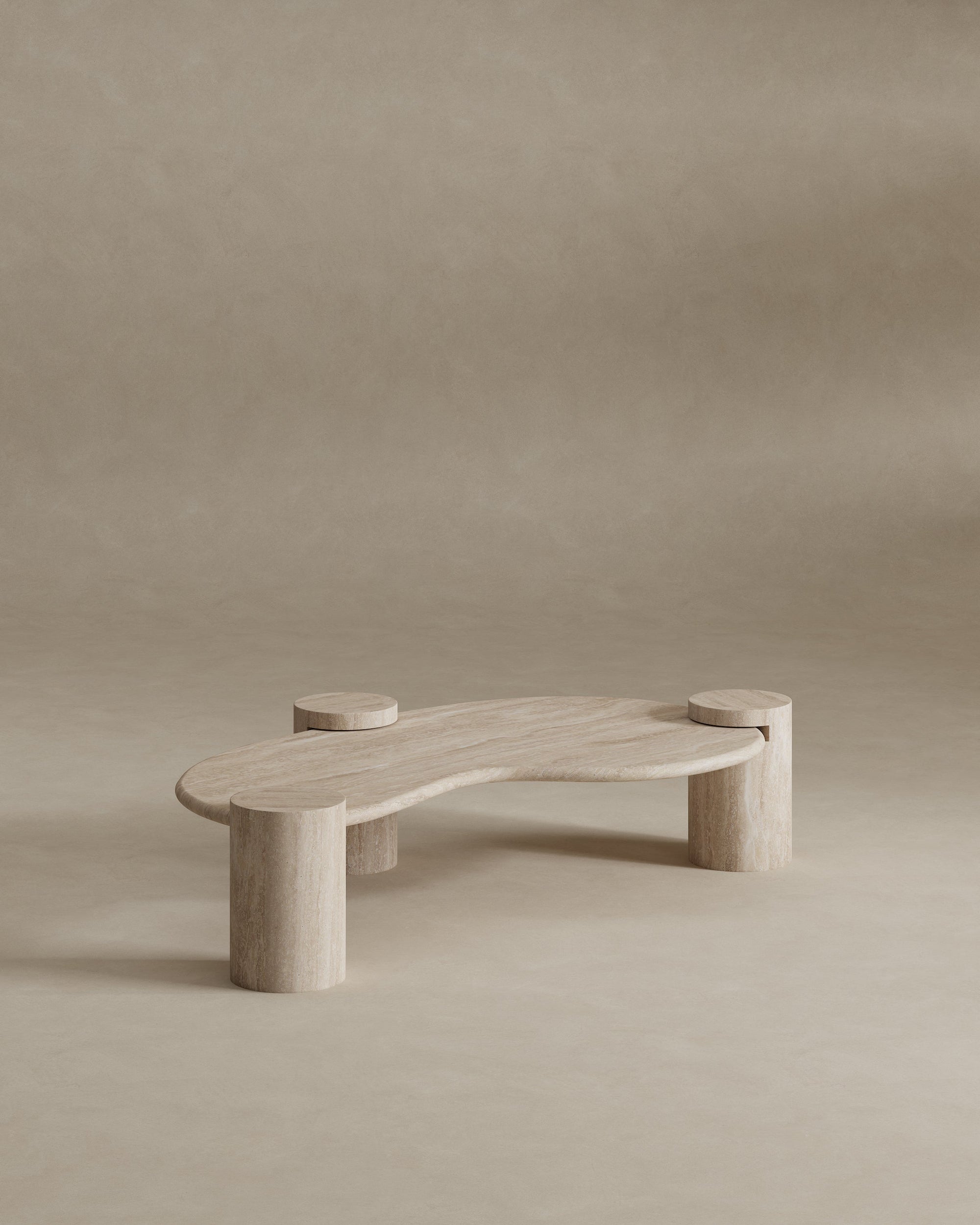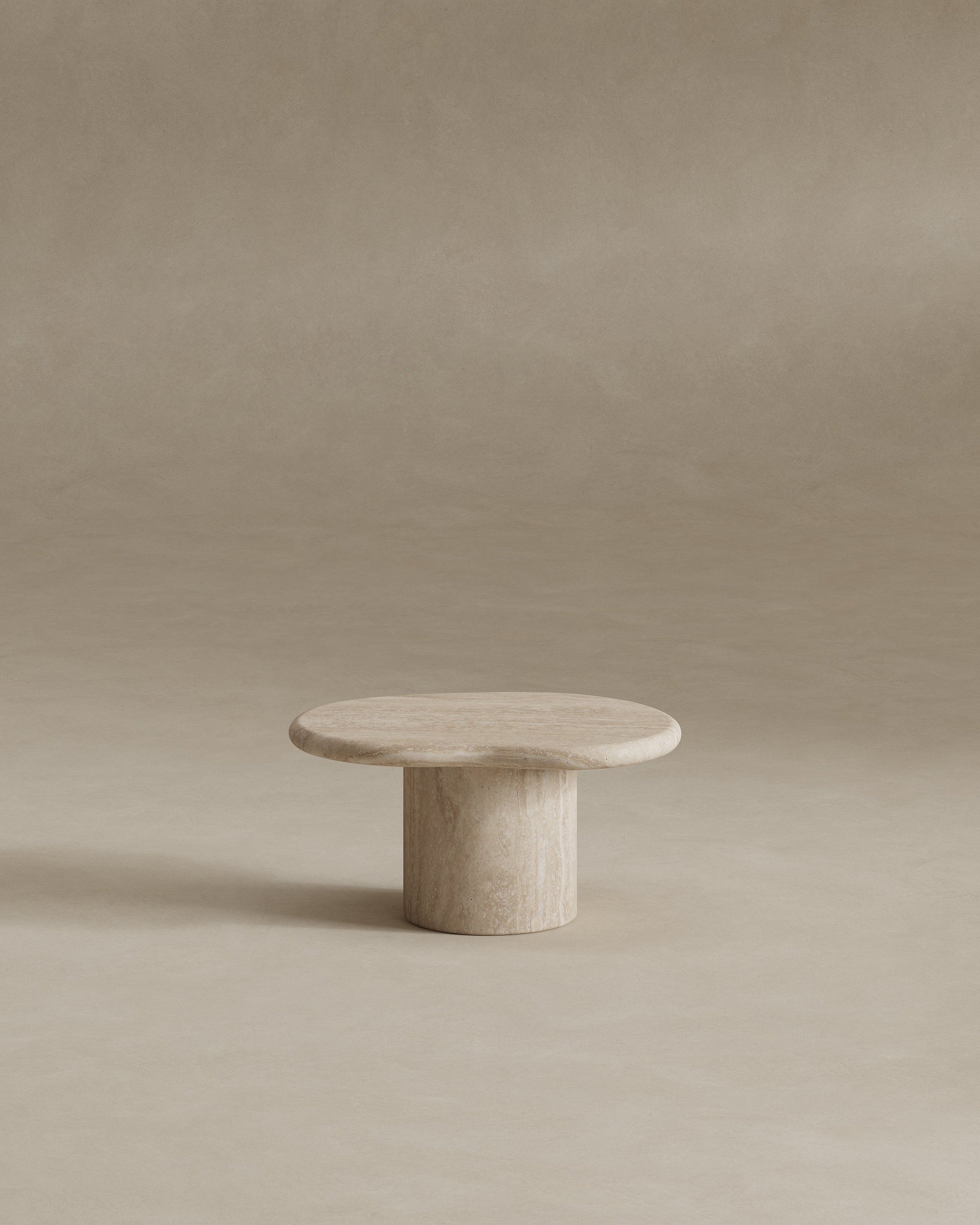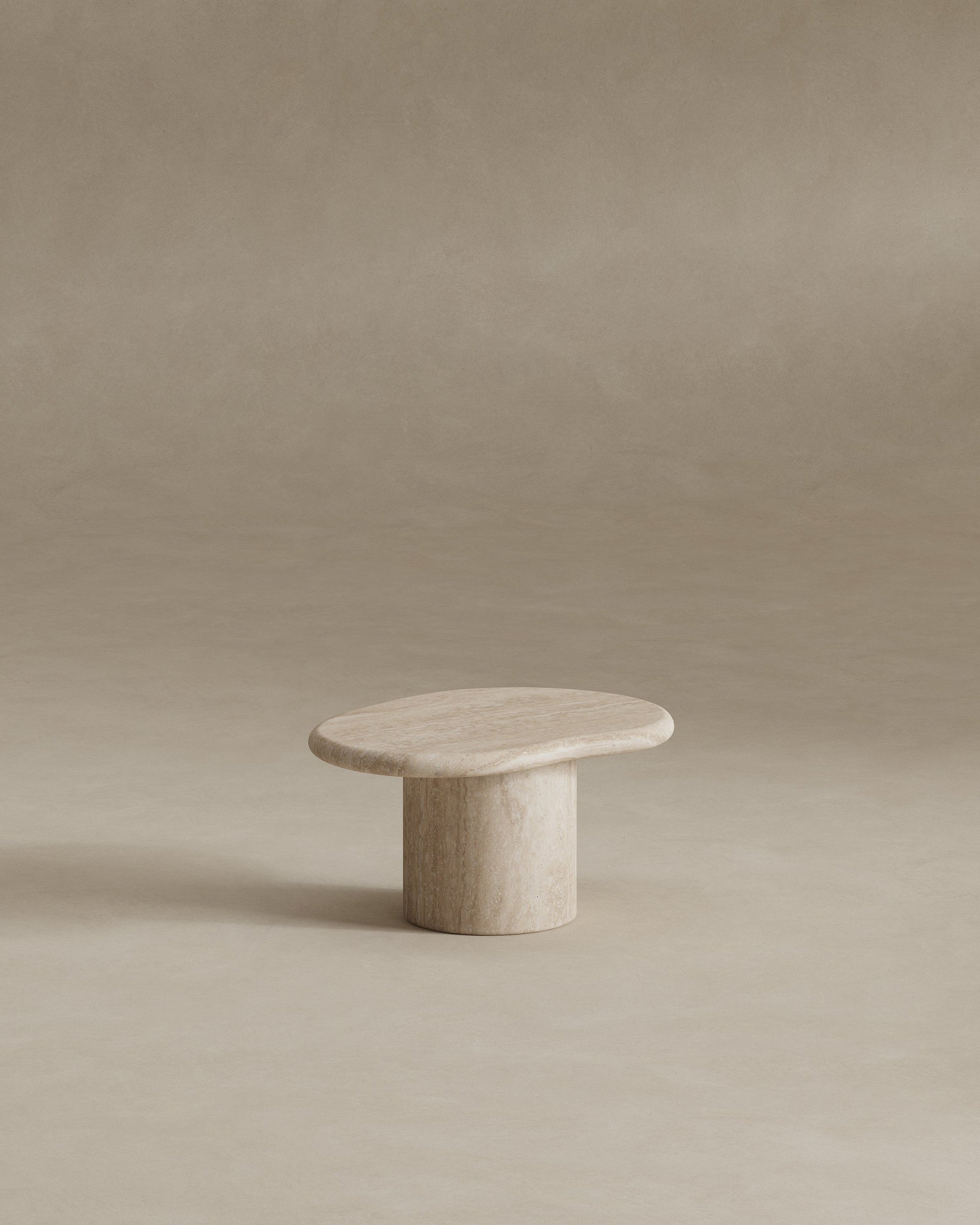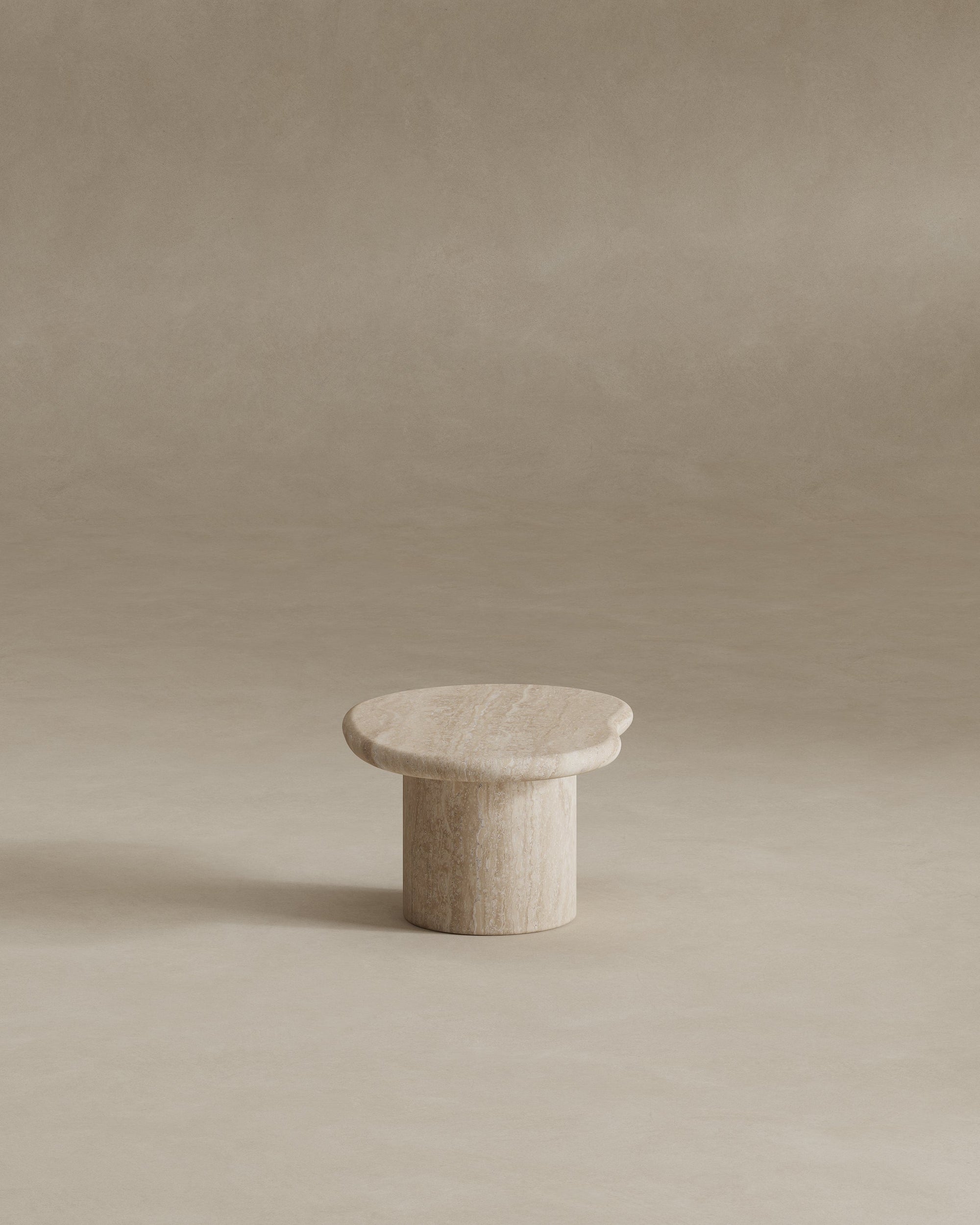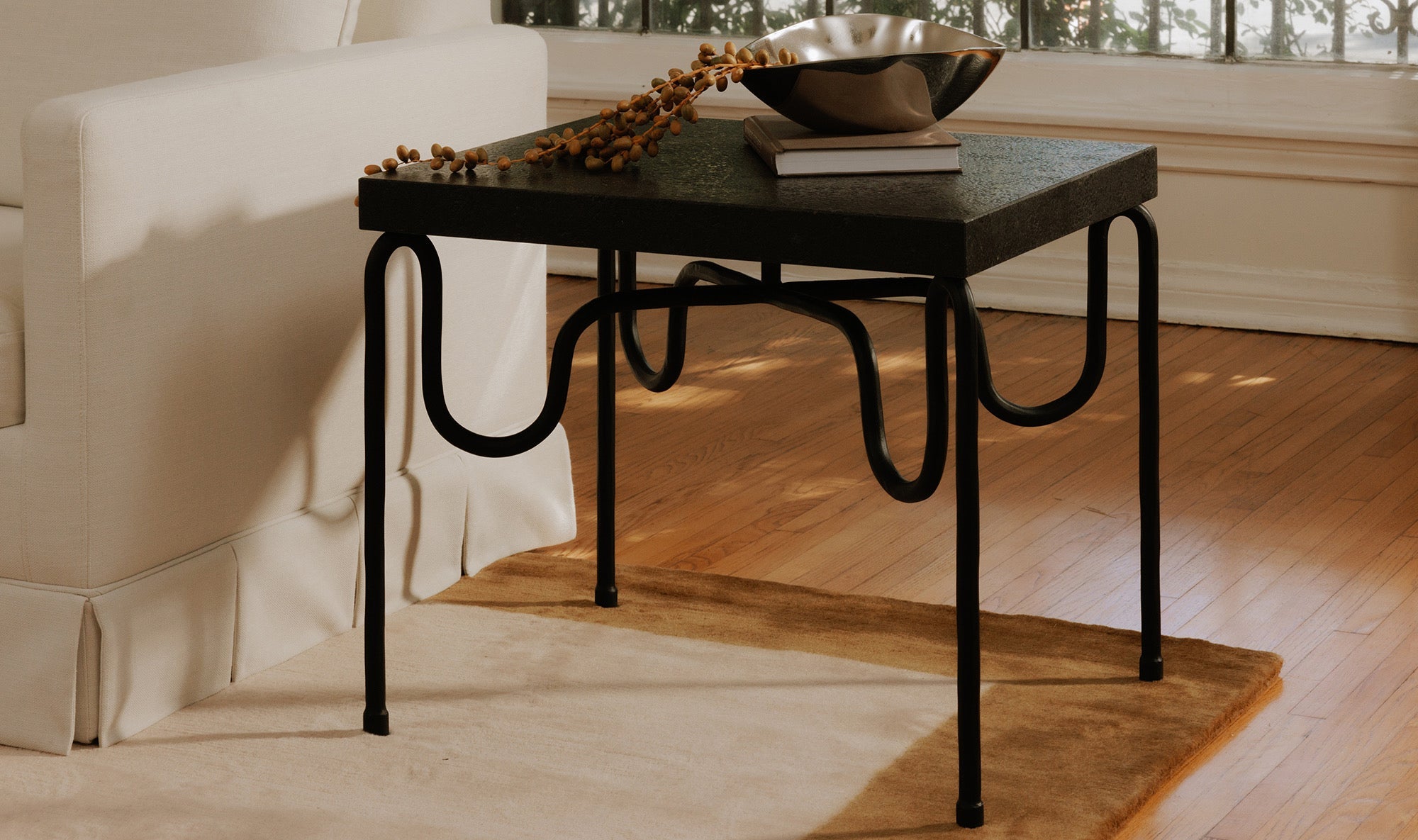
Travertine is a popular building material in ancient Rome, which is why it's become a trendy choice for home decor. While you won’t see us giving marble the boot anytime soon, we’ve got eyes for a hot new hunk in town: travertine! Travertine has been used for centuries because it is a tough material that lasts and looks sophisticated. It provides an elegant look with its natural variations in color.
What is Travertine?
Travertine stones are actually seashells that have been compressed to form a mineral deposit. The deposits, which have a beautiful appearance, are made of compacted limestone. This deposit can be either soft or hard depending on the environment that the stone is in. As recently as the 1980s, Italy was the only known location with travertines quarries—hence the reason you’ll notice the Italians make some mean travertine furniture. Today, quarries are in operation all over the globe, including Turkey, Iran, and Mexico.
The most noticeable benefit of travertine is its beauty and quality. As it has been used for centuries, this material is very durable and lasts in different environments without wearing down or becoming damaged. It can retain its original color as well as withstand various kinds of wear and tear from prolonged exposure to weather elements. Travertine can stand up against salt water without losing any of the natural look that distinguishes it as different from other stones such as granite or marble.
Benefits of using Travertine as a Table Top
Over time, your table will develop a patina- this gives it character and reflects where you have been.Traditional patinas are darker and antique looking, but other colors can be created as well. Perhaps explaining why travertine was such a roaring sensation in the bigger-is-better 80s), making it an ideal material for coffee tables and side tables. One of the most iconic table designs rendered in travertine was Mario Bellini’s Il Colonnato dining table for Cassina, which combined a daringly thin tabletop hoisted atop a cluster of chunky travertine columns, and continues to be the epitome of chic. A warm-hued alternative to most marbles, today travertine coffee table and side tables are popping up in stylish abodes everywhere.
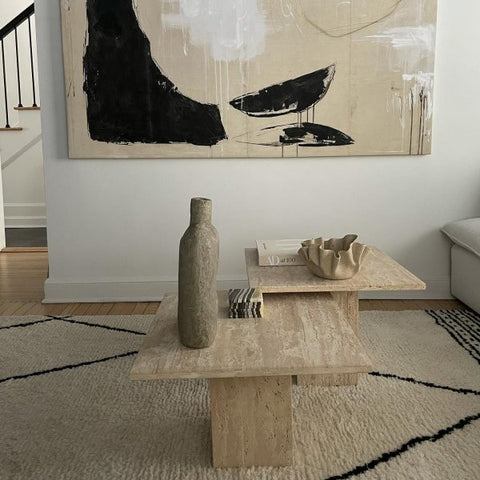
Travertine coffee tables have a classical appeal that makes your home look more elegant. These tables provide a stylish touch to your living room furniture, and add intricate details. They come in various shapes and sizes, depending on the type of table you want. For example, if you're looking for something more subtle, there's "honeycomb" or "indented" style tables that will look good with any decor and keeps away from boldness. If you'd like to make a statement with your table, consider getting an "x-style" or "starburst" coffee table. These are larger tables that have more intricate details compared to the other styles.
Add A Travertine Accessory (or three)
If you’re looking to buck up a room without breaking a sweat, travertine accessories are a total bingo. Usher in a mood of elegance with a travertine sculpture and adorn it on top of your favorite decorative book (see). Or underscore a more minimalist, modernist tone with a duo of tumble-finished bookends or a chunky bowl.
A travertine accessory adds a touch of elegance to any space. It can be used in the kitchen, bathroom or around your pool for ultimate style and class. The natural coloration of travertine is sure to make it blend well with other accessories you already have without clashing because one stone compliments another so beautifully!
Accessories with travertine by incorporating the stone in a variety of items to add visual interest and unique style. One way you can do this is through candle holders, which will bring an earthy quality into any room. You could also use travertine tiles as trivets for hot pots or casserole dishes when entertaining guests at holiday meals.

How does Travertine differ from marble
Marble and travertine are both types of limestone that have been through a process called metamorphism. Marble is the result of heat, pressure, or chemical reactions changing calcium carbonate into calcite crystals while travertine has had layers deposited over it from flowing water to form its shape with minerals dissolved in water such as magnesium oxide. One key difference between these two stones is color: marble can be found in different colors depending on what elements were present during formation whereas travertines natural coloring comes from iron oxides which give them their earthy browns and red tones rather than pure white like most marbles.
Marble is often contrasted with travertine because of its very different appearance. Marble has veins, but the tiniest fissures are not visible to the naked eye and add a beautiful complexity that many other stones don’t have.
Marble has veins running throughout it which create an intense visual detail when light hits them at just right angles - this gives marble stone such wonderful depth and richness! Though you can't see all these tiny cracks in real life unless they're magnified under high quality lenses.
Let’s Talk Travertine Color
While the creamy color of traditional travertine may still get top billing, new international sources for this yummy stone have resulted in a whole new ballgame color-wise. From dark, plummy purples to peachy corals and vampy reds, travertine is no one-trick pony anymore when it comes to color.
You will find that it comes in many different hues. You can choose between tans and grays or whites and yellows depending on your preference for natural stones versus manufactured materials like tile. If you are building a home with porcelain tiles, chances are they won't match up to their real counterparts perfectly which is something else to consider when selecting colors for floors instead of walls where there isn’t as much variation across projects; however, if working with brick then making sure everything coordinates well becomes paramount because bricks come in every hue imaginable including reds (which look amazing), oranges (more muted but still beautiful), blues (obviously not actually blue) all the way down through greens.

Frequently Asked Questions (FAQs)
How does the cost of travertine compare to other materials like marble or granite?
The cost of travertine is competitive and often more budget-friendly than other popular materials such as marble and granite. On average, travertine costs about $25 to $50 per square foot, which is generally less than granite, which can range from $35 to $75 per square foot. The affordability of travertine makes it an attractive option for those looking to achieve an elegant look without overstretching their budget.
Are there any specific care or maintenance tips for travertine accessories and furniture to ensure their longevity?
Travertine requires some special care to maintain its beauty and extend its life. Due to its porosity, it is recommended to seal travertine surfaces regularly, about every 3-4 months for countertops, to protect them from stains and damage. Regular cleaning with a non-acidic cleaner and immediate clean-up of spills can also help prevent staining. Placing rugs or mats on travertine flooring can minimize scratches and wear from foot traffic.
How sustainable is travertine as a building and decorative material?
The sustainability of travertine, like other natural stones, depends on various factors including the methods of quarrying, processing, and transportation. While the article does not specifically address the environmental impact of travertine, it is known that responsible quarrying practices and local sourcing can reduce its carbon footprint. Additionally, travertine's durability and longevity contribute to its sustainability, as materials that last longer reduce the need for frequent replacements and, therefore, have a lower overall environmental impact. For specific details on the sustainability of travertine, consulting with suppliers who prioritize eco-friendly practices is recommended.
